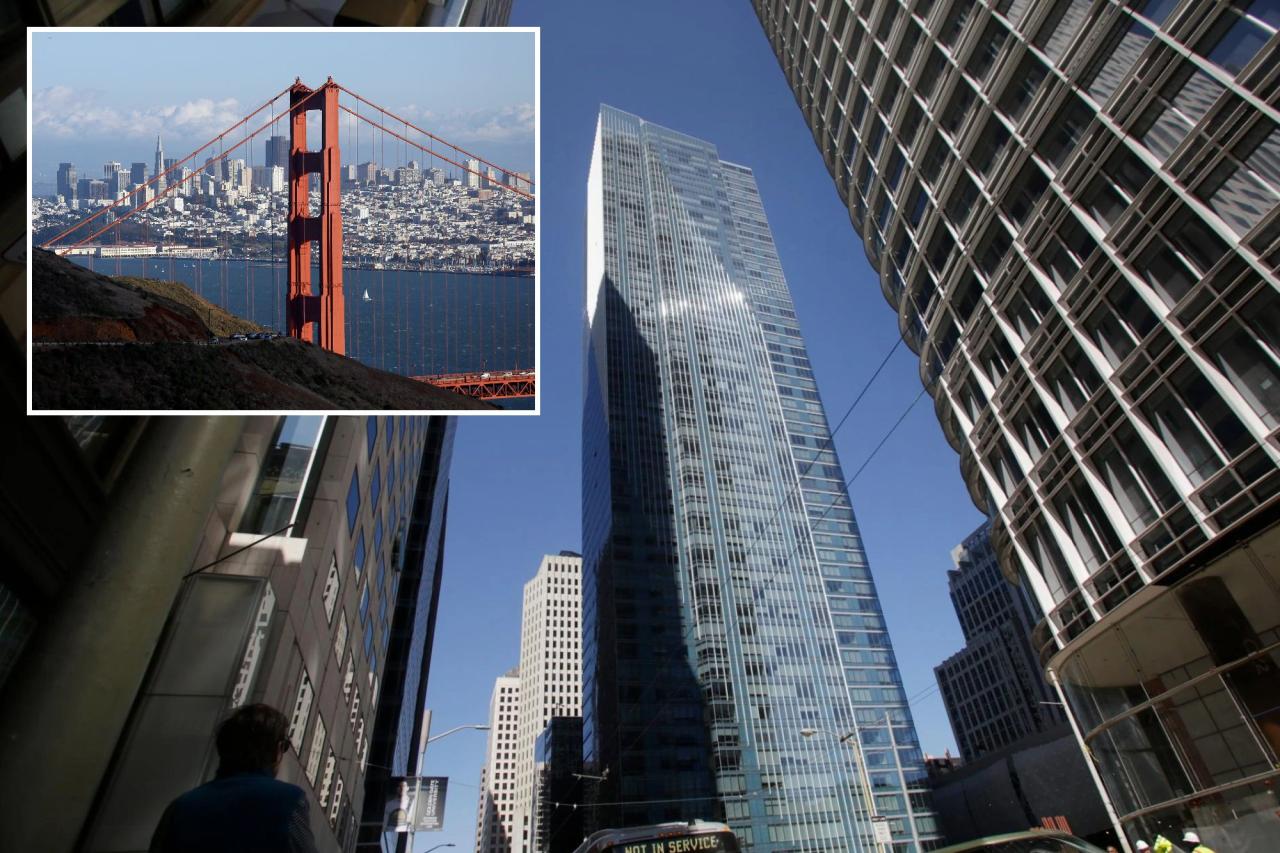One earthquake can put the leaning Millennium Tower in danger
The Millennium Tower, dubbed the “leaning tower of San Francisco,” could be in jeopardy if an earthquake were to occur in the city. Standing at 545 feet tall and located at 301 Mission St., the multimillion-dollar-per-unit tower has been tilting and sinking on its west side since 2015, despite efforts from architects to stabilize the building. The corner of Fremont and Mission streets now reveals the building leaning more than 29 inches, deeper than previously known. Consulting engineer Robert Pyke blamed a time rush from designers Treadwell & Rollo, a firm acquired by Langan, during the 2008 market crash for foundation problems. Pyke highlighted the possibility the building may be labeled severely damaged or red tagged after an earthquake.
Pyke cites the Hayward Fault Zone, located mainly along the western base of hills on the east side of San Francisco Bay, as a potential area to generate a destructive earthquake. The fear is that an earthquake would cause damage significant enough to force the residents of the building to temporarily move out, adding risk for homeowners. The tower originally boasted 58 stories and 419 units with a 2009 completion date.
Pyke provided some hope for the situation, stating that a collapse is unlikely as a significant tilt of tens of feet would need to occur. However, if the tower edges closer to 40 inches, residents would be forced out. The switch from steel to concrete in the original 2005 build of the building has made it heavier.
Hamburger suggested that weather fluctuations make rooftop figures unreliable. He believes that as long as the remaining design load transfers to the piles, no further movement to the roof west would occur. Pyke suggests a different approach, drilling borings on the south and east side of the tower to remove some of the soil in the Old Bay Clay layer to level the building, a similar approach to that taken on the leaning Tower of Pisa.
FAQs regarding Millennium Tower
Q: What is the Millennium Tower?
A: The Millennium Tower is a multimillion-dollar-per-unit tower located in San Francisco. It’s a 58-story building with 419 units and stands at 545 feet tall.
Q: Why is the tower in trouble?
A: The tower has been tilted and sinking on its west side since 2015, despite efforts from architects to stabilize the building. It’s leaning more than 29 inches at the corner of Fremont and Mission streets. Consulting engineers fear that if an earthquake occurs in the area, it could cause significant damage and force residents to move out.
Q: What is red tagging?
A: Red tagging refers to a process where a building has been labeled as severely damaged and is too dangerous to inhabit. Entry to the property without written authorization from code enforcement is prohibited.
Q: What is the Hayward Fault Zone?
A: The Hayward Fault Zone is a geological zone situated mainly along the western base of hills on the east side of San Francisco Bay.
Q: Has the current fix attempt worked for the tower’s tilt?
A: The current fix involving support beneath the sinking condominium earlier this year has not worked, and engineers suggest that it will likely not work.

The Leaning Millennium Tower is at Risk from a Single Earthquake.
The Millennium Tower in San Francisco, humorously dubbed the leaning tower of San Francisco, is facing risk from just one earthquake, according to sources. Standing at 545 feet tall and located at 301 Mission St., the building has been sinking and tilting to the west since 2015 despite architects’ attempts to keep it steady. It is leaning more than 29 inches at the corner of Fremont and Mission streets, half an inch more than previously thought. Consulting engineer Robert Pyke blames Treadwell & Rollo, which was later acquired by Langan, for the foundation issues due to a time crunch during the 2008 market crash. Pyke warns that an earthquake could cause the tower to be red tagged, prohibiting entry to the property. The Hayward Fault Zone could generate significant earthquakes, and even medium-sized tremors could cause significant rocking of the tower, Pyke warns. Pyke says the tower will never level out again, and collapse is unlikely, but if the tilt edges towards 40 inches, residents will be forced to leave the building. The current attempt to fix the leaning tower likely won’t work because engineers switched from steel to concrete during the build, making it heavier than planned. Pyke says the solution would be to drill borings on the south and east side of the tower to remove soil in the Old Bay Clay layer and level the building. Project engineer Ron Hamburger is confident that there will be no further movement of the tower’s roof.
